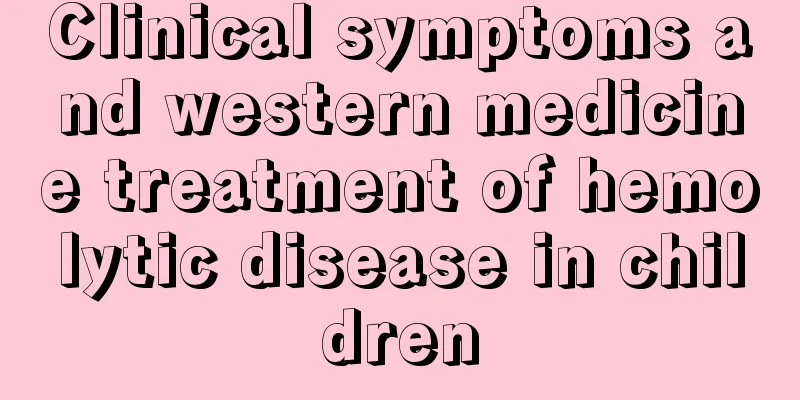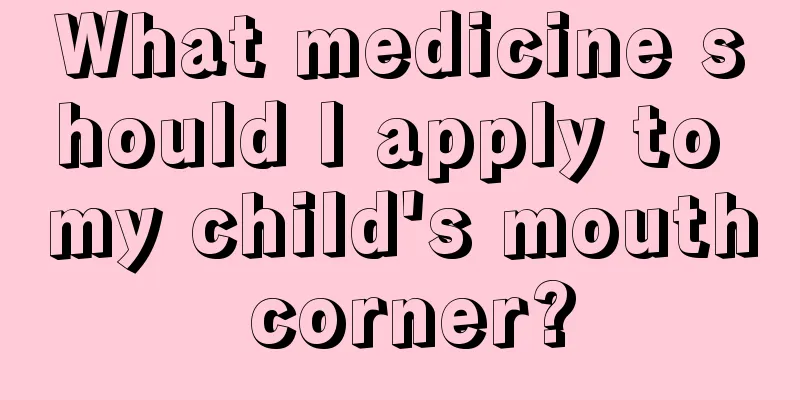What to do if a one and a half year old baby has red bumps on his body

|
We all know that once there is a skin problem, it always makes us feel very uncomfortable. However, many babies often have some skin problems due to sensitive skin. Among them, red bumps on one and a half year old babies are a common skin problem. Sometimes babies always scratch them with their hands, which is particularly easy to cause infection. Let’s understand what is going on with red bumps on one and a half year old babies. What to do if a one and a half year old baby has red bumps on his body If parents find a rash on their body, they should see a doctor first to determine the cause and prescribe the right medicine, because using the wrong medicine will cause the symptoms to worsen and will be detrimental to treatment. Babies aged 0-1 years old may occasionally develop rashes, and these rashes may represent different skin diseases. Parents should never be smart and apply medicine on their own to treat the diseases. Common skin symptoms in babies are as follows. Heat rash Babies are more prone to prickly heat. The main reasons are that their sweat glands are still immature and their metabolism is fast. If they wear stuffy clothes and sweat a lot at this time, the sweat glands will easily be blocked, leading to prickly heat, which is also a type of heat rash. Prickly heat is a needle-sized red rash that feels itchy and often appears on the baby's forehead, neck, back and other areas prone to sweating. treat In a hot and stuffy environment, avoid dressing your baby too many clothes, and remember to change your baby's clothes frequently even if he sweats. If the symptoms are mild, keep the baby's body dry, so that the rash on the baby's body will naturally subside, or you can use a small amount of prickly heat powder or prickly heat water; if the symptoms are severe, use prickly heat water to relieve the symptoms. Return to 99 Health Network Home Page>> Allergic dermatitis The most common congenital allergic dermatitis is atopic dermatitis. Symptoms of this dermatitis occur on the cheeks, neck, elbows, wrists, and flexed knees. Babies will feel itchy, and this disease may persist into childhood. If parents have allergies, such as respiratory tract allergies, skin allergies, and asthma, the probability of their babies having allergies will also be higher. When a baby develops a rash, often cries for no reason, has anorexia, and is in a bad mood, parents may suspect that the baby has an allergy and should seek medical treatment as soon as possible. treat Avoid allergens: It is best for such babies to avoid allergens. In terms of diet, consider switching to low-allergenic milk powder (completely hydrolyzed protein formula) and delay the addition of complementary foods (after six months). In terms of food ingredients, seafood, wheat flour, and milk should also be delayed as much as possible. In terms of daily life, the number of baths per day is limited to once, and the baby's body should be kept dry as much as possible. After bathing, apply a thin layer of lotion to the baby. In terms of the environment, avoid possible allergens in the environment, such as dust mites. You may try dust mite-proof bedding, air purifiers, and dehumidifiers to improve the quality of the environment. Seborrheic dermatitis The cause of the disease is unknown, but it often occurs in babies who are prone to allergies. This disease is caused by excessive secretion of sebaceous glands, which leads to the shedding of dandruff, and often occurs on the scalp, cheeks and skin wrinkles. The affected areas appear oily and moist. This is also a type of eczema, which is less itchy. This skin condition often occurs in infants, appearing about two to three months after birth. treat If a baby is found to have seborrheic dermatitis, doctors will often ask parents to apply vaseline or baby oil to the affected area when the symptoms are mild, and then gently rub and wash with baby shampoo; if the symptoms are severe, apply steroid ointment to improve the skin condition. It is best to delay adding complementary foods until six months later. However, babies have individual differences. If they are not adapted (i.e. have allergic symptoms), then add the food later. When the baby has skin problems, parents must understand the cause and adjust the care of the baby afterwards. First of all, the baby should wash his hands frequently to prevent the baby from scratching the skin and causing allergies. In addition, the baby should be fed light food. If the baby has symptoms of crying, consult a doctor in time. |
<<: How to care for babies with sneezing, runny nose and cough
>>: What are the red spots on the baby's body?
Recommend
Introduction to several dishes that are easy for children to digest
We all know that children have sensitive stomachs...
TCM treatment of jaundice
I believe everyone is familiar with symptoms such...
Is it better for children to drink milk in the morning or at night?
Family conditions are good now, and children need...
What to do if infants and young children take too much calcium
In order to help us maintain a healthy body, many...
What are the dangers of obesity in children?
Living conditions are better now, so for children...
Treatment of cerebral palsy in children
Cerebral palsy is a very common disease. This typ...
What are the prevention measures for autism in children?
Have you heard of childhood autism? It is a psych...
When does a child's forehead close?
With the vigorous promotion and development of th...
What should I use on my baby's prickly heat?
In the hot summer, babies sweat a lot due to exer...
Why does my baby have frequent bowel movements but little stool?
Many young babies will encounter problems with ab...
What to do if you have a baby with Down syndrome
No one wants to have a baby with Down syndrome. W...
What are the causes of congenital mental retardation?
Mental retardation is a group of diseases that oc...
Three month old baby's fart smells bad but he doesn't poop
It is actually very unhealthy for a three-month-o...
What are the benefits of naps for young children?
Naps can ensure sufficient physical strength in t...
Causes of large gaps between children's teeth
Everyone wants to have beautiful and neat teeth, ...









